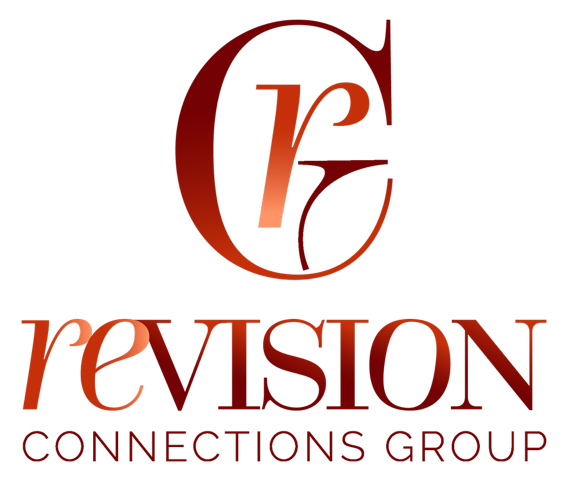Mastering Strategic Communication: 3 Keys Essential Elements for Success
Effective communication is the foundation of strong leadership, organizational success, and meaningful engagement. Whether you're leading a team, managing a brand, or advocating for a cause, strategic communication requires clarity, intentionality, and adaptability. Here are three essential elements that define impactful strategic communication:
1. Clear & Consistent Messaging
At the heart of strategic communication is a cohesive and easily understood message. If stakeholders struggle to grasp your core purpose, engagement weakens, and trust diminishes.
Define Your Core Message – Before communicating, ask: What do I want my audience to know, feel, and do? Your message should be concise, compelling, and aligned with your goals.
Maintain Consistency Across Platforms – Whether through social media, press releases, or internal communications, reinforce your message consistently to enhance credibility.
Eliminate Ambiguity – Avoid jargon, vague statements, or conflicting narratives. Precision in communication strengthens understanding and impact.
2. Audience-Centered Approach
Strategic communication isn’t just about what you say; it’s about how your audience receives it. Understanding who you're speaking to allows you to tailor your messaging for maximum relevance and engagement.
Know Your Audience – Research your stakeholders. What are their values, concerns, and preferences? Empathetic communication resonates more deeply.
Use the Right Tone & Medium – Are you addressing employees, customers, or policymakers? Adjust your language, platform, and delivery style accordingly.
Encourage Engagement & Feedback – Communication isn’t a one-way street. Invite dialogue, respond authentically, and adapt based on audience input to maintain meaningful connections.
3. Adaptability in a Changing Landscape
The best communicators anticipate change, adjust their strategies, and remain agile in response to new challenges.
Monitor Trends & Social Context – External factors, such as market shifts, political developments, or cultural movements, can impact messaging and audience perception.
Stay Proactive, Not Reactive – Develop contingency plans to navigate crises while maintaining trust and transparency rather than scrambling when issues arise.
Embrace Innovation—Leveraging modern communication techniques enhances impact, whether using AI-driven engagement tools, visual storytelling, or digital strategies.
Conclusion: Communication with Purpose
Strategic communication is more than just delivering information, it’s about shaping narratives, fostering connections, and inspiring action. By focusing on clear messaging, audience alignment, and adaptability, organizations and leaders can communicate with influence and purpose.


